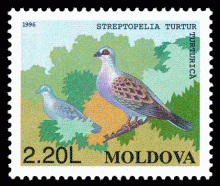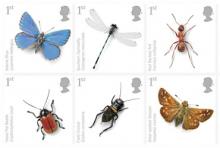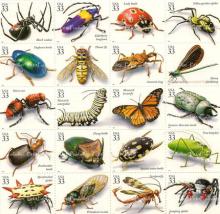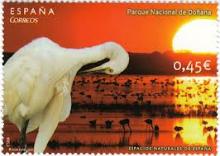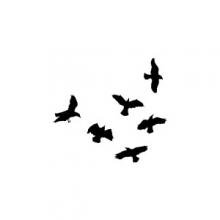Boerenlandvogels zagen sinds 1960 75% van hun broedpopulatie verdwijnen
De Vogelbalans 2012 is uit. Dit jaar gaat de Vogelbalans over vogels van het boerenland. Soorten als de veldleeuwerik (Alauda arvensis), patrijs (Perdix perdix) en zomertortel (Streptopelia turtur) laten een dramatische afname zien. Ze zijn het slachtoffer van de intensieve landbouw. Boerenlandvogels zagen sinds 1960 75% van hun broedpopulatie verdwijnen. Tot de slachtoffers behoren niet alleen de bekende weide- en akkervogels, maar ook soorten van het kleinschalige cultuurlandschap zoals we dat vooral in Oost- en Zuid-Nederland kennen. De grootste verliezer is de veldleeuwerik die sinds 1960 met 96% afnam. De melodieuze zang van deze voorheen alledaagse vogel is inmiddels op veel plaatsen verstomd. Over alle soorten samen becijferen we het verlies op 3,3 tot 5,7 miljoen broedparen. Geen enkele andere soortgroep kent in Nederland een dergelijke terugval. De belangrijkste oorzaak van deze verarming in biodiversiteit is een op maximale productie gerichte Europese landbouwpolitiek. Door ruilverkavelingen, schaalvergroting, ontwatering, vroeger en vaker maaien, gebruik van bestrijdingsmiddelen en verandering van het teeltplan zijn de leefomstandigheden van veel boerenlandvogels verslechterd.

